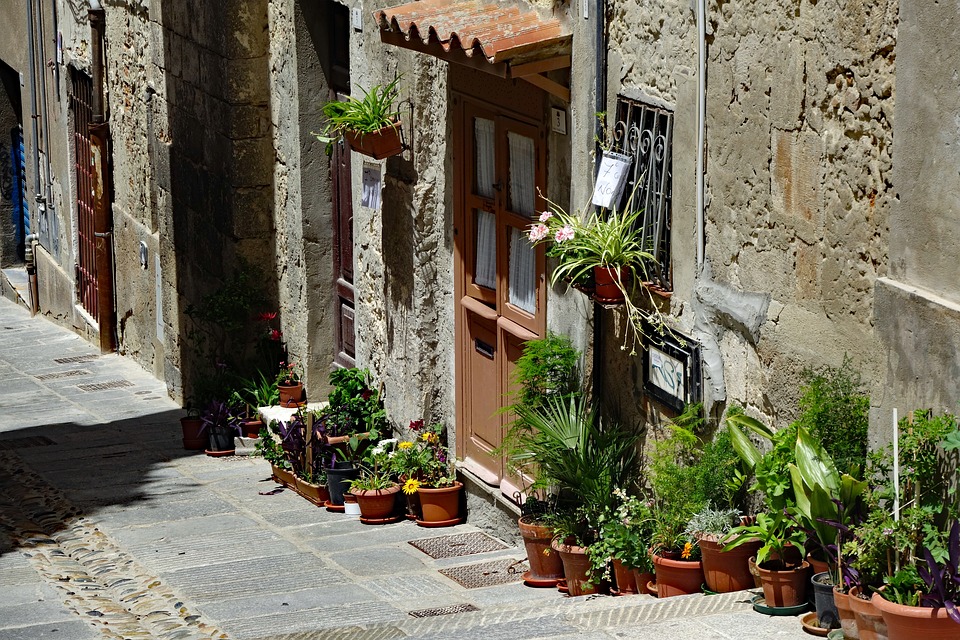The Ultimate Guide to Gelato
Posted on
With temperatures soaring in Italy, particularly during last week’s heatwave, the one saviour for holiday-makers in the heat has to be the Italian gelato!

The term gelato is commonly mistaken for meaning ‘ice cream’. However, authentic gelato is made using less fat and is churned at a much slower rate, which means that less air is added into the mixture. These processes mean that the texture is a lot denser, and also contributes to the more powerful flavours in comparison to the whipped ice creams experienced back at home. Additionally, Italian gelato is typically served at a higher temperature than ice cream in the UK, which helps to develop the flavours further and makes for a creamier texture.
Unfortunately, because there are so many shops selling gelato in all of the main Italian holiday-hubs, how can you spot which is offering the best and most authentic gelato experience? Well, you have no need to fret because with our comprehensive guide we will help you to highlight the main features of a good gelato to make sure none of you are left disappointed.
The Container
The famous saying goes you shouldn’t judge a book by its cover- however, in this case, you should! Refrain from buying any ‘gelato’ from plastic tubs, because it is likely that this won’t be the real deal. Instead, look for metal containers which help to keep the gelato at optimum temperature. Since mass-producers have caught on this key element, metal containers will not always guarantee quality however, so be wary.
Another feature you should look out for is lids, which demonstrates the sellers are being careful to ensure the gelato is being stored at the perfect temperature.
The Colours
Quality gelato will contain a high percentage of natural ingredients, which means that little to no additional colouring has been added into the mixture. If you come across gelato that is vibrant in colour, there is a strong chance that it is an immitation gelato. Instead, you should look for more muted and natural colours that will indicate authenticity. For example, berry flavours will be much more muted reds rather than deep pinks. Additionally, you should look out for the tone of the gelato, if it looks somewhat shiny, it means that there is a lot of sugar in the mix, or that it has oxidised and is therefore old.
The Texture
One of the most noticeable features of gelato is its thick texture. Because of the way it is made, gelato is a lot denser than ice cream, so when looking at the different options, keep this in mind.
The Flavour
Regardless of whether you know which flavour you would like to choose, it is worthwhile seeing what the other options the gelateria has available, as this can help you decipher the quality. Usually, if the gelateria offers the cookies and cream and bubblegum (often referred to as ‘puffo’) then this can be a sign that the gelato will not be authentic.
Additionally, if they are offering flavours of fruit that are not in seasons, chances are the mix has been made using artificial flavouring rather than fresh ingredients. You only have to look at the local fruit markets to know which fruits are in season at the time of your visit!
The flavours should be creamy, and served without sauces or chocolate chips. Many gelaterias will offer a ‘try before you buy’ option so that you can sample the flavours before you commit. Good gelaterias will also serve a flavour known as fior di panna/latte, which is a pure flavour of milk or cream and is simply delicious. We recommend trying the fior di panna first, if it is bland or masked with added flavours, it could foretell the quality of the other gelato options.
The Ingredients
All Italian gelaterias are required to display the ingredients used within the gelato recipe. Take a close look at the list and if you catch things such as, ‘vegetable oil’ (olio vegetale) or artificial colours and flavourings (these will be labelled with a number and letter code), and these factors will likely indicate a poor-quality gelato.
The Design
Avoid any gelaterias that make a big song and dance to try and entice you into their shop. Often, the premium gelaterias won’t need these gimmicks, because the word has spread about the quality of their produce. Generally, the best gelaterias will have a select collection to choose from because they will all be premium quality, the time, care and passion has been blended into the finite selection. If there are a seemingly unlimited number of options, chances are it’s unlikely that they will be of high quality.
The Recommendations
Perhaps one of the best ways to source the best gelateria is researching the recommended options online. Reading some reviews may help you find the best options near to you, or chat with the locals (or us) when you arrive to find out where they would most recommend!
Gelato is a staple of the Italian summer, so regardless of whether you’re renting villas in Puglia with a pool or an apartment in one of Italy’s cities, it is important to remember these points when selecting your gelateria so that you can enjoy the best and most authentic experience of a classic Italian treat!
Image Credit: Ragesoss, available under Creative Commons.


